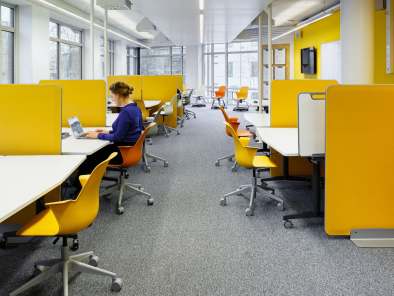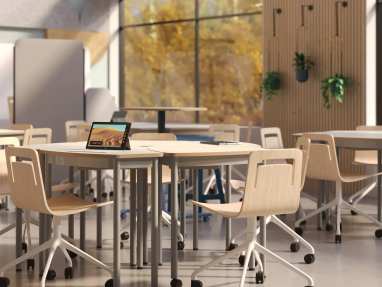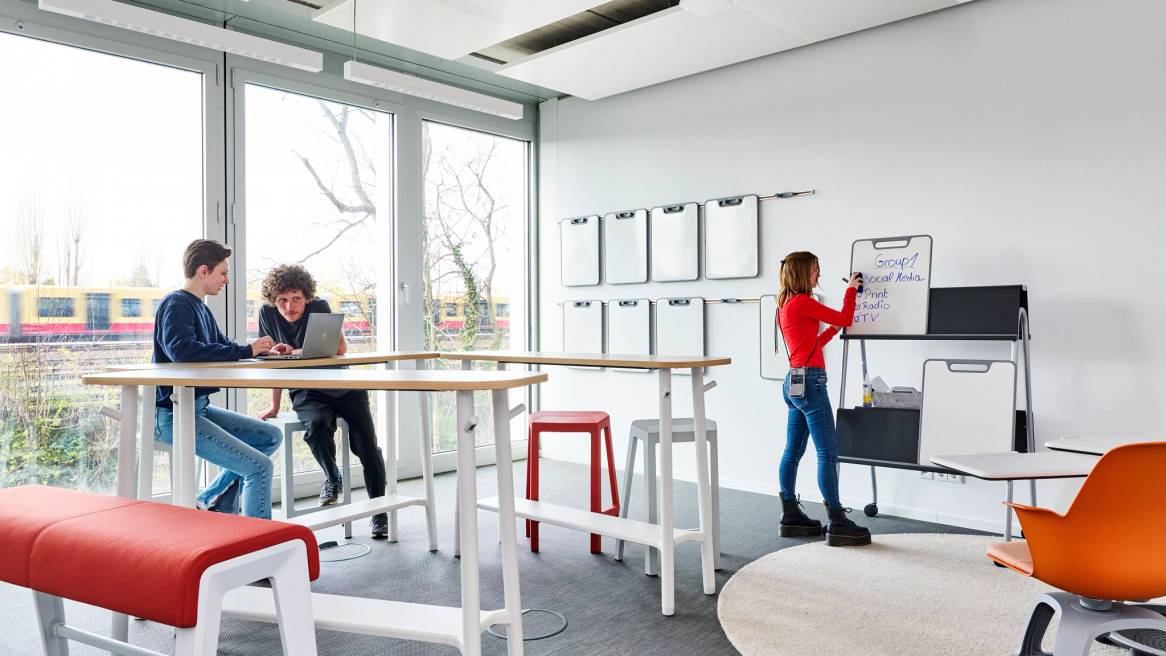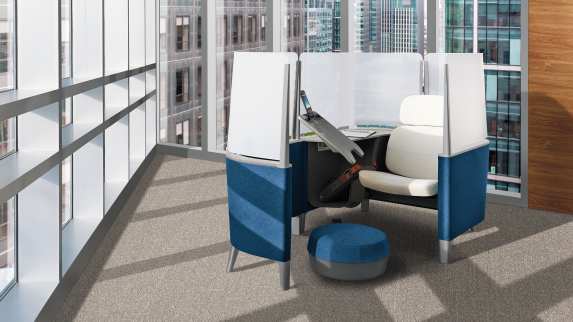Libraries and Learning Commons form the beating heart of the campus. They have a major influence on the atmosphere and identity of learning institutions and are greatly valued by educators and students.
Library + Learning Commons Insights
Learning can and should happen everywhere on campus. Libraries and in-between spaces can be so much more than quiet study or transition spaces. Building on their legacy role as the academic heart of a school, today’s university libraries are multi-purpose places of oasis and connection.
Libraries provide a space for students, faculty, library staff, and even members of the community to work and interact freely. They can be flexible learning spaces for individuals and groups – all smart ways to better leverage valuable campus real estate.
Libraries and Learning Commons should be designed for learning outside the classroom. These informal learning spaces provide students with a choice of destinations to support their individual needs. Outside the classroom, these are the spaces where true student discovery often occurs.
They should support:
- Informal interactions
- Peer-to-peer work
- Social learning

.
Library design and the design of learning commons should inspire learning and self discovery by supporting the different ways people want to work and promoting wellbeing.
Product Highlights
Research + Insights

Empowering Students to Design Their Own Futures
How SRH University’s new campus in Berlin reflects their innovative approach to learning.

The University of Amsterdam Plans for a Future-Facing Library
For any institution of learning in today’s world, success depends on anticipating and responding to the needs and expectations of 21st-century students.

Library Renovation Gives Students Control
The Pierre and Marie Curie University library renovation in Paris found a way to inspire collaboration without losing focus. See how they did it!

Learning Spaces That Shape the Future of Innovation
How the ARC building at the University of Glasgow brings interdisciplinary research projects to life.
Our team of Learning experts is looking forward to your message!
Explore More Learning Spaces

Classrooms
Highly engaging classrooms design can seamlessly support many modes of learning with integrated technology and tools that facilitate class instruction, small-group collaboration, independent reflection, discussion and more.

Faculty + administration spaces
Faculty and administration spaces are highly specialized workplaces and need and deserve attention. Because the wellbeing and efficiency of these teams and individuals are key to the success of the whole institution.

Inspiring a life of learning
Learning is how we explore our boundless potential and connect to the world around us. At Steelcase Learning, we inspire a life of learning by creating places that engage and ultimately empower people, within and beyond the classroom.














